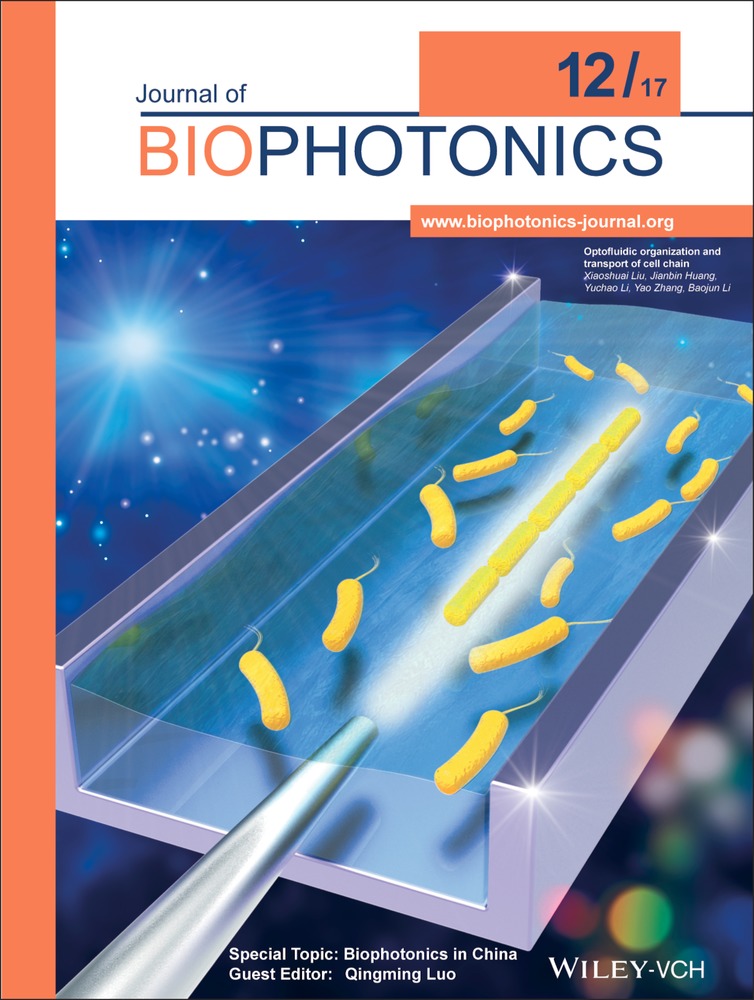Low-level light emitting diode therapy promotes long–term functional recovery after experimental stroke in mice
Abstract
We aimed to investigate the effects of low-level light emitting diode therapy (LED-T) on the long-term functional outcomes after cerebral ischemia, and the optimal timing of LED-T initiation for achieving suitable functional recovery. Focal cerebral ischemia was induced in mice via photothrombosis. These mice were assigned to a sham-operated (control), ischemic (vehicle), or LED-T group [initiation immediately (acute), 4 days (subacute) or 10 days (delayed) after ischemia, followed by once-daily treatment for 7 days]. Behavioral outcomes were assessed 21 and 28 days post-ischemia, and histopathological analysis was performed 28 days post-ischemia. The acute and subacute LED-T groups showed a significant improvement in motor function up to 28 days post-ischemia, although no brain atrophy recovery was noted. We observed proliferating cells (BrdU+) in the ischemic brain, and significant increases in BrdU+/GFAP+, BrdU+/DCX+, BrdU+/NeuN+, and CD31+ cells in the subacute LED-T group. However, the BrdU+/Iba-1+ cell count was reduced in the subacute LED-T group. Furthermore, the brain-derived neurotrophic factor (BDNF) was significantly upregulated in the subacute LED-T group. We concluded that LED-T administered during the subacute stage had a positive impact on the long-term functional outcome, probably via neuron and astrocyte proliferation, blood vessel reconstruction, and increased BDNF expression. Picture: The rotarod test for motor coordination showed that acute and subacute LED-T improves long-term functional recovery after cerebral ischemia.




